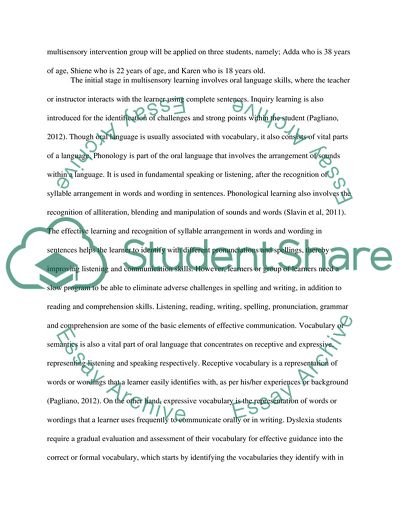Cite this document
(“Intervention Programs for Learners Essay Example | Topics and Well Written Essays - 1500 words”, n.d.)
Retrieved from https://studentshare.org/education/1691244-intervention-programmes-for-learners
Retrieved from https://studentshare.org/education/1691244-intervention-programmes-for-learners
(Intervention Programs for Learners Essay Example | Topics and Well Written Essays - 1500 Words)
https://studentshare.org/education/1691244-intervention-programmes-for-learners.
https://studentshare.org/education/1691244-intervention-programmes-for-learners.
“Intervention Programs for Learners Essay Example | Topics and Well Written Essays - 1500 Words”, n.d. https://studentshare.org/education/1691244-intervention-programmes-for-learners.


